Fountains connected to shallow tanks and canals fed from streams or underground aquifers provide an abundant source of water for the people of Nepal.
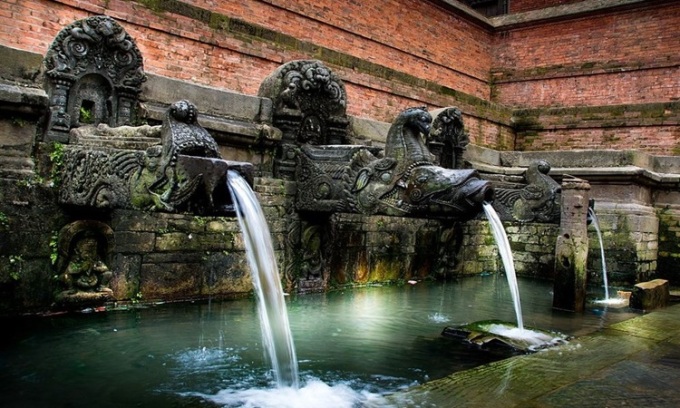
Fountains at the Manga Hiti structure, Patan. Photo: Wikimedia
The country of Nepal, located between India and Tibet, has an abundant supply of drinking water that dates back to at least the 5th century. One of its most impressive features is its elaborate stone fountains called dhunge dharas or hiti, which resemble the sea monster makara of Hindu legend. While dhunge dharas are not as grand as ancient Roman aqueducts, the ingenious engineering that delivers water to the fountains is no less impressive, according to Interesting Engineering .
Dhunge dharas first appeared during the Licchavi kingdom (AD 400 - 750). Some scholars believe that similar systems may have existed earlier and that the Licchavis simply organized and gave aesthetic form to the pre-existing structure. In Nepalese culture, offering water to the gods is considered a commendable act. Hence, both kings and communities in the past built dhunge dharas in the region.
The Manga Hiti structure in Patan, built in 570 AD, is believed to be the oldest functioning dhunge dhara. Over time, more and more similar fountains began to spring up throughout the Kathmandu Valley. The Malla period (1201–1779) saw the development of the fountain system.
The primary source of water for dhunge dharas is a network of canals that draw water from mountain streams. Others draw water from underground aquifers. Dhunge dharas that tap underground sources are usually built on shallow tanks whose depth is determined by the water table. These tanks are made of stone and bricks with spouts protruding from the walls. While most tanks have only one spout, many have 2, 3, 5, 9 or even more spouts such as the Muktidhara in Mustang district with 108 spouts. Above each spout there is a small shrine dedicated to a deity. Excess water is stored in ponds or channeled to cultivated fields for irrigation.
In the late 17th century, before the advent of piped water, dhunge dharas were an important source of drinking water. Although their importance has since diminished, dhunge dharas are still in operation, serving about 10% of the population in the Kathmandu Valley. Even today, dhunge dharas are an integral part of the daily lives of many residents. They are used for bathing and washing. They are also used for religious rituals such as the cleaning of idols.
An Khang (According to Amusing Planet )
Source link



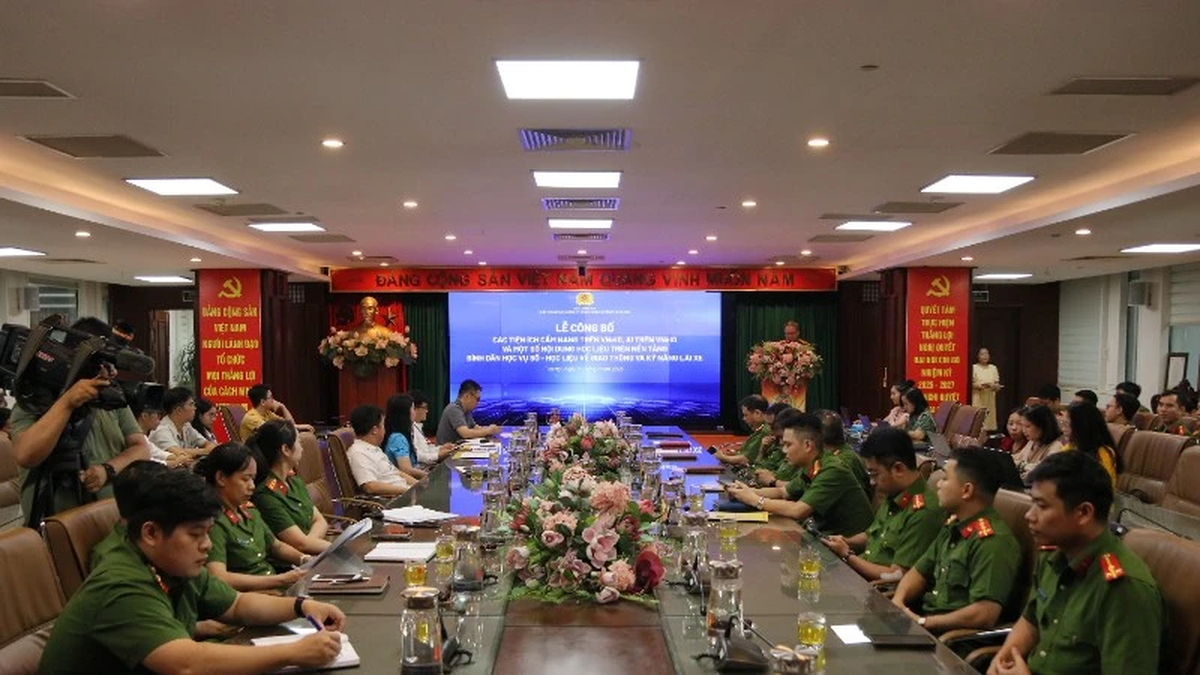
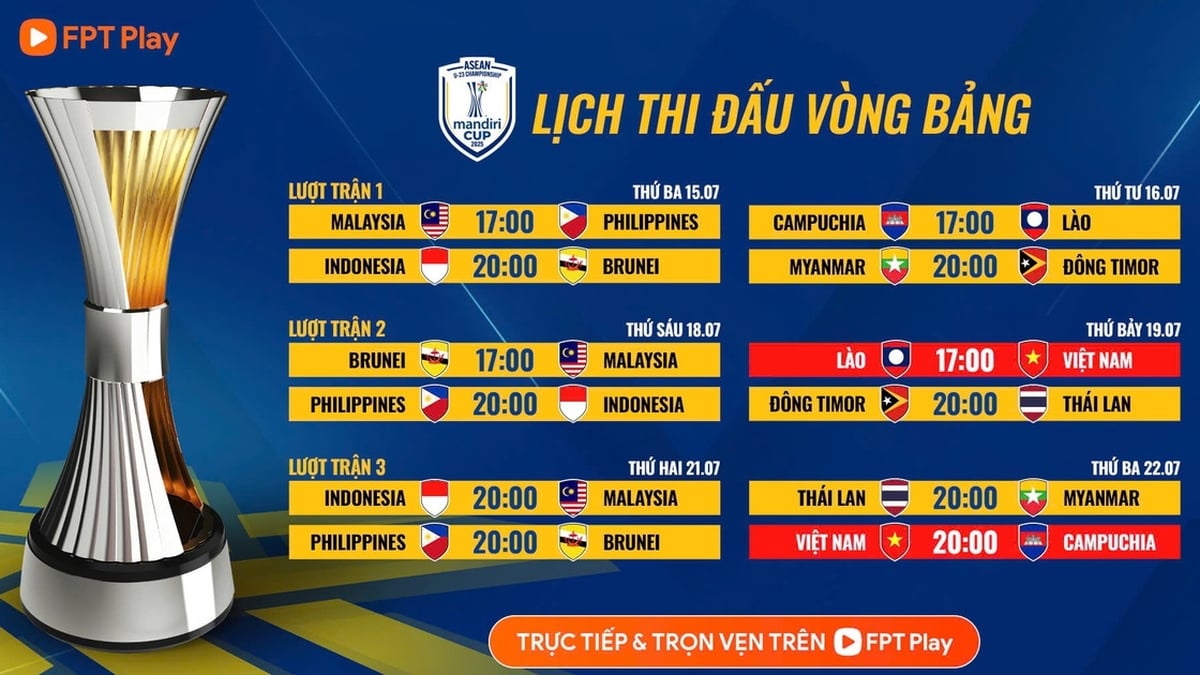
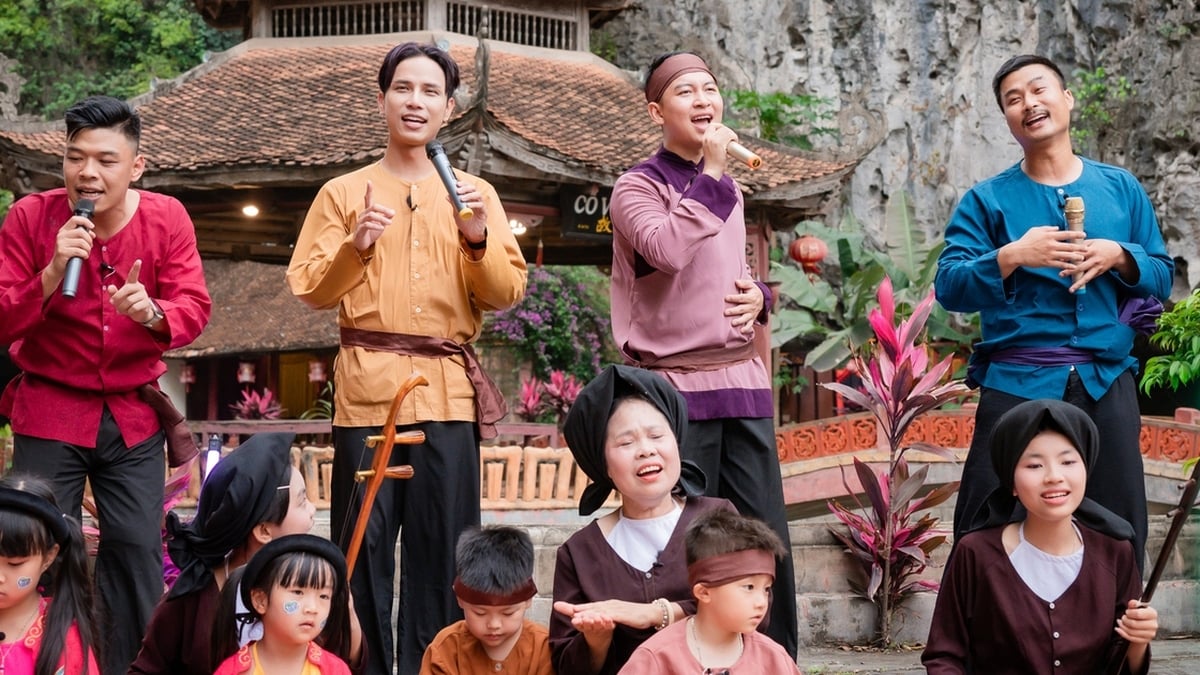




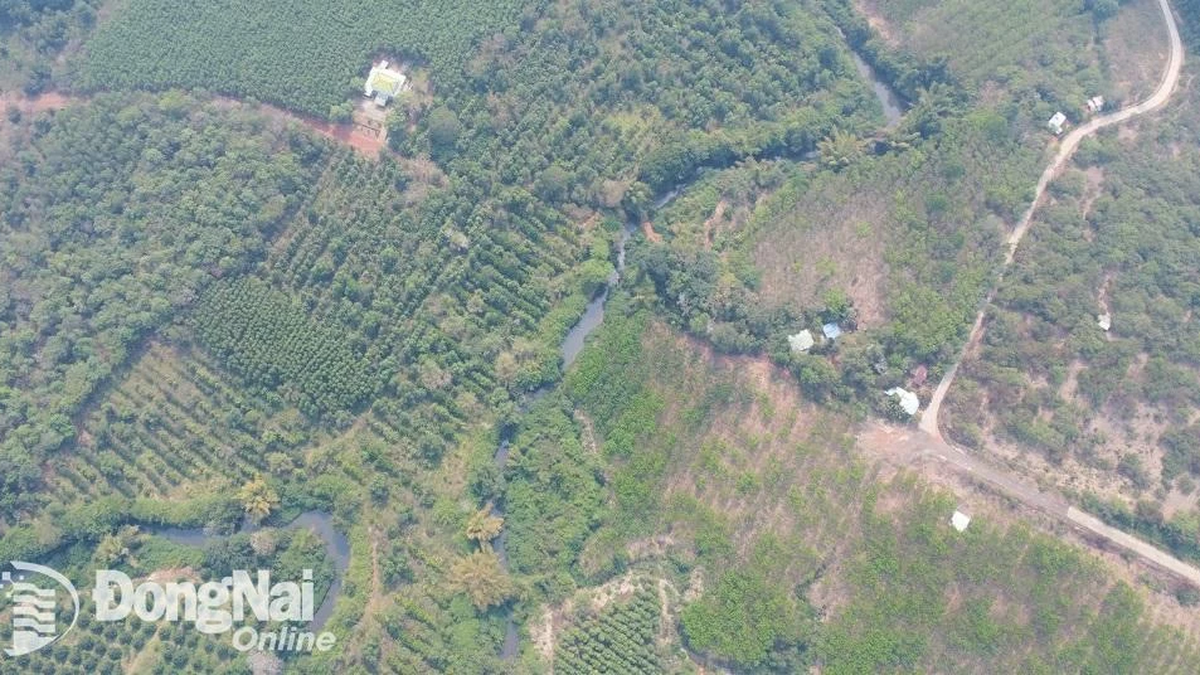































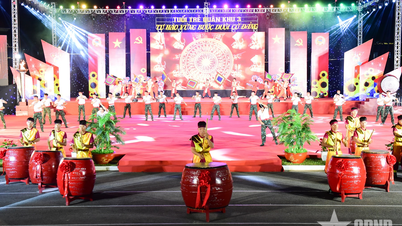








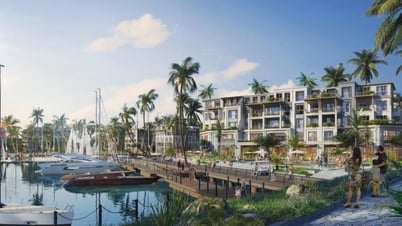
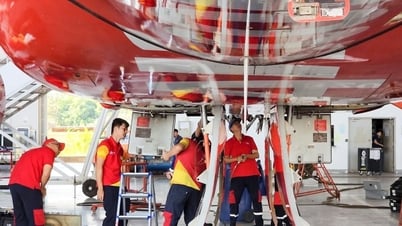










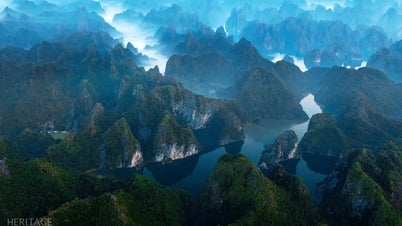
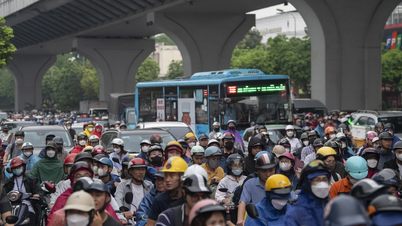

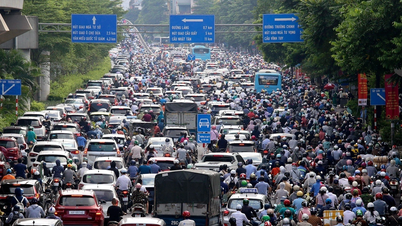




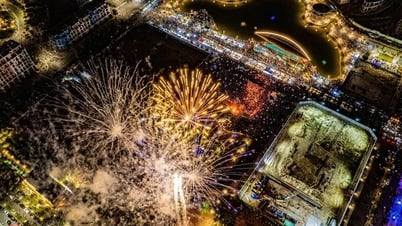


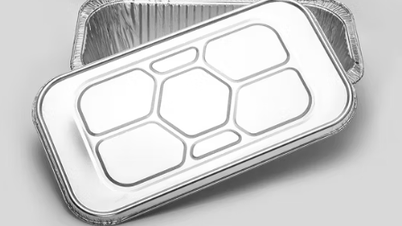


























Comment (0)